FPrimeC Solutions provides the most advanced solutions for non-destructive evaluation of concrete strength. Our testing solutions can be used in new construction as well as in the inspection and assessment of existing concrete structures.
- New Construction
- Quality Control and Quality Assurance (Learn More)
- Meeting Design Specs.
- Verify uniformity and Integrity
- Existing Structures
- Evaluate concrete strength
- Evaluate integrity and uniformity
- Verify code compliance
We Offer a wide range of NDT solutions for evaluation of concrete strength:
- Early Age Concrete Strength – Maturity Method
- Rebound Hammer Test with/without Calibration
- Pull Out Test
- Combined NDT + Mathematical Modeling (SonReb)
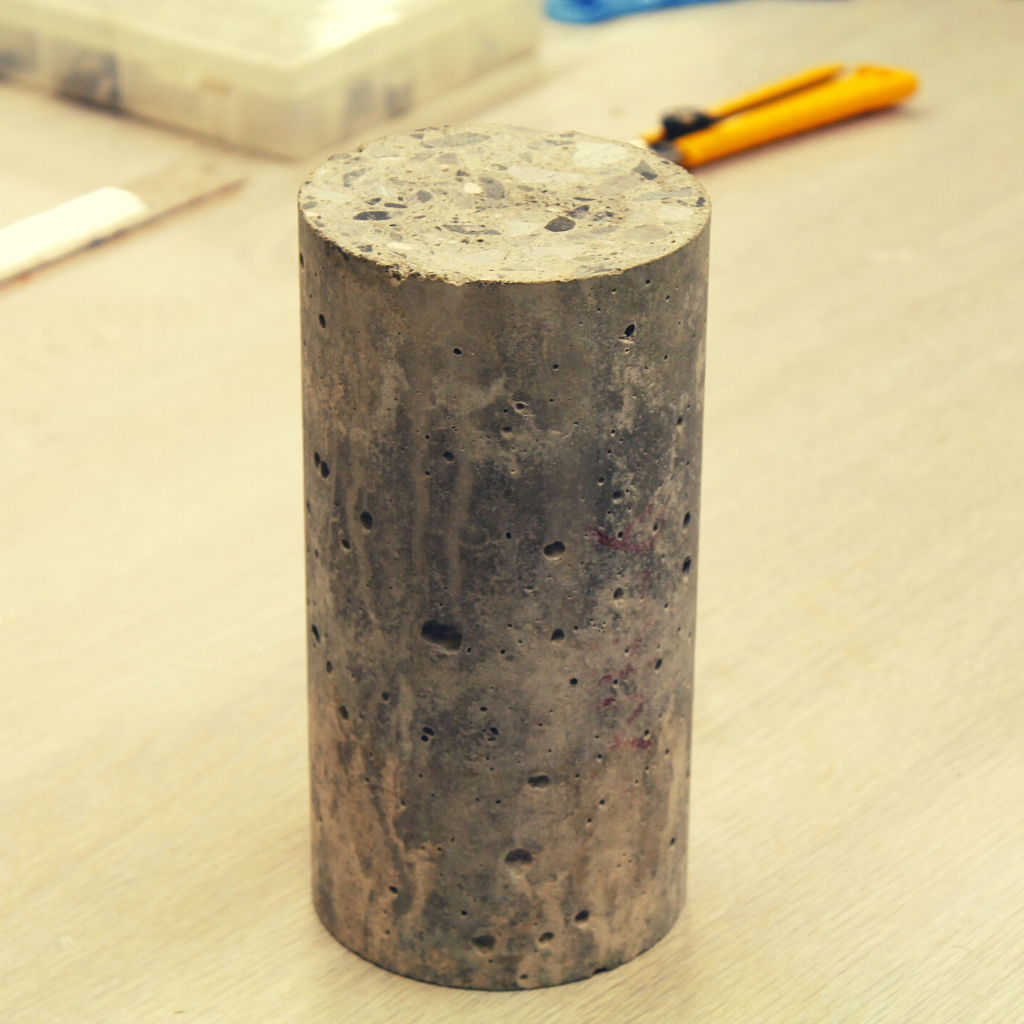
Maturity Method
We offer cost-effective, and easy to implement solutions for predicting the early age strength of concrete using the Maturity Method. We utilize the most advanced testing solutions in the market to help customers with real-time quality control and strength development.
- Temperature Monitoring
- Early Age Strength Monitoring
- Developing Project-Specific Calibration Curves
- Real-Time Solutions for Concrete Strength
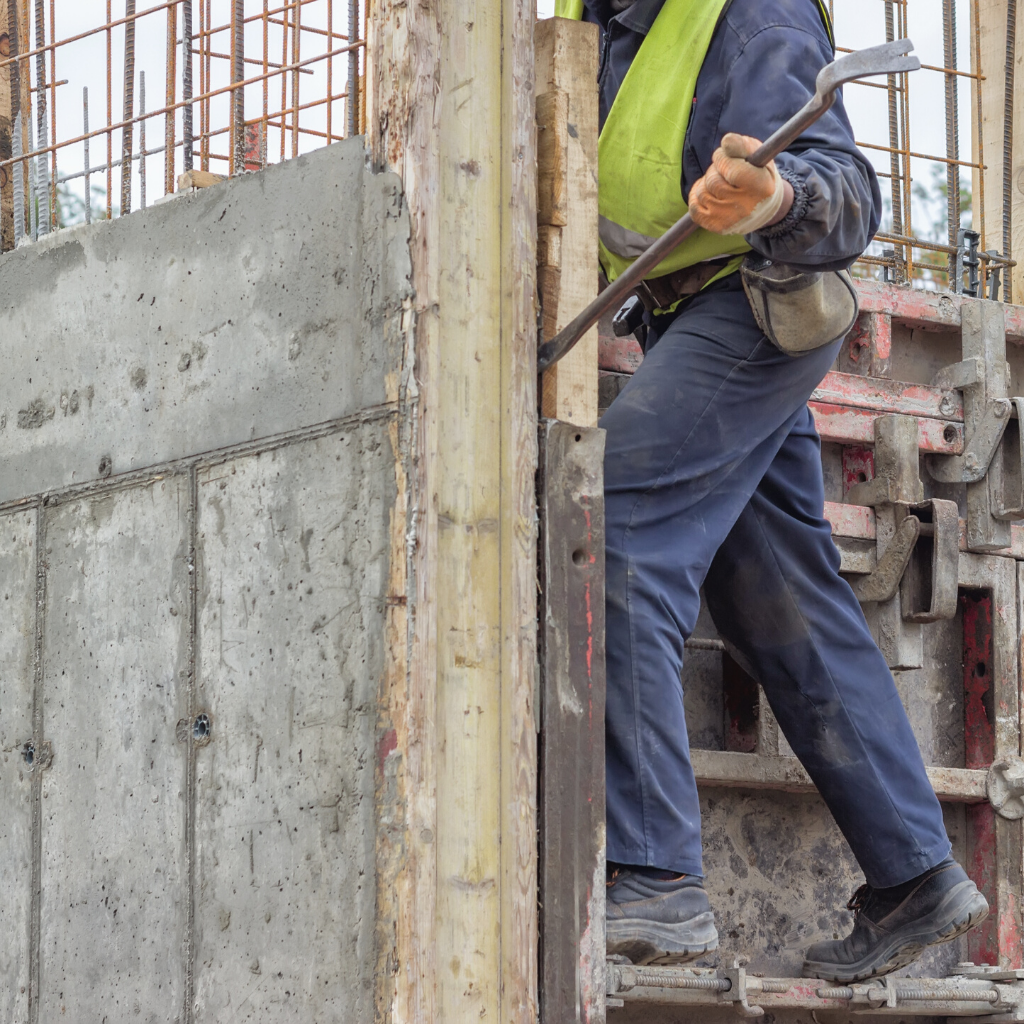
Rebound Hammer
We offer cost-effective, and rapid solutions for non-destructive evaluation of concrete strength. Our experienced engineers and technicians utilize the most advanced tools to assess:
- Concrete uniformity and homogeneity over large areas, such as walls and slabs (ASTM C 805)
- In-place (on-site) Estimate of Concrete Strength
- Development of correlation curves between compressive strength, and rebound values.
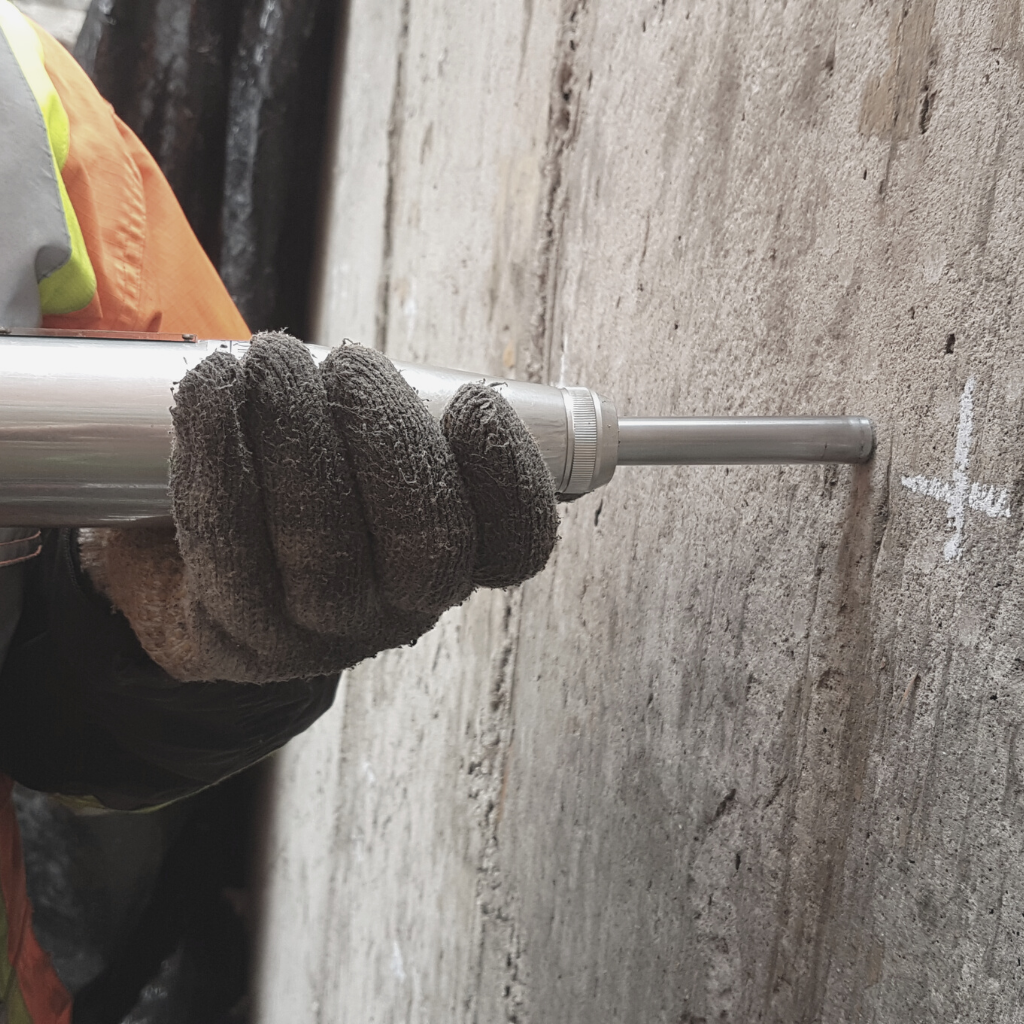
Combined NDT + Mathematical Modeling
In sensitive projects, where owners, contractors, and consultants are not interested in intrusive methods, combined NDT methods and the use of mathematical models can be beneficial. Our experts can help you estimate the strength of concrete with ease and confidence:
- Nuclear power plants
- Hydro dams
- Water and Waste water treatment centres
- Trunk sewers and Tunnels
When concrete break values are low as a result of cold weather, exposure to freezing temperatures, concrete pour delays, or poor concrete mix, SonReb method proves valuable.
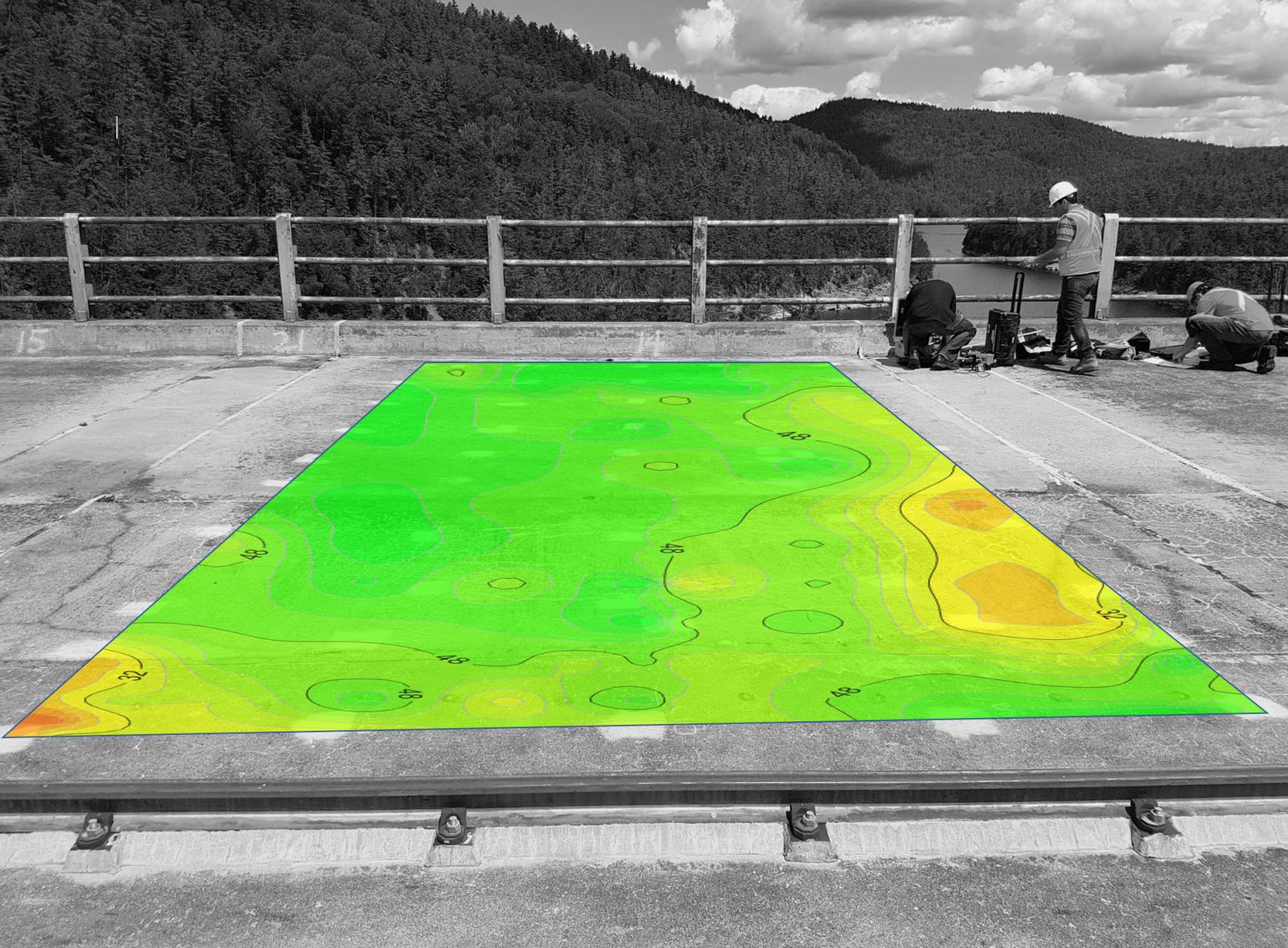
Addressing Concrete Strength Issues ?
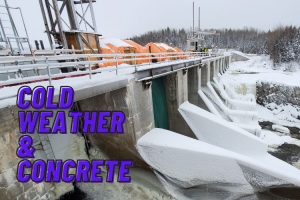
Precautions for Cold Weather Concreting
Extreme cold weather conditions can significantly affect the quality of concrete, as well as its mechanical properties. In cold weather concreting, one should make sure that all the negative impacts of low ambient temperature are appropriately alleviated by taking the necessary precautions. In this article, we will
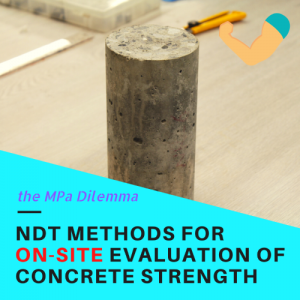
5 Methods for On-Site Evaluation of Concrete Strength
On-site Evaluation of Concrete Strength is a main challenge in the condition assessment of existing infrastructure, or the quality control of new construction. Owners, maintenance managers of such existing concrete structures normally prefer non-destructive and non-intrusive methods to avoid further damage to an already struggling structure. In
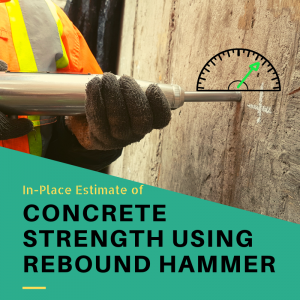
Estimate Concrete Strength Using Rebound Hammer
Rebound Hammer test provides a practical and cost-effective solution for estimating in-place concrete strength. Recent developments in rebound hammers, and improved guidelines for estimating concrete strength can help structural engineers and condition assessment professionals in accurately classify concrete strength, and make data-informed decisions on the location of
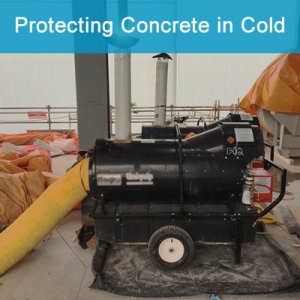
Protecting Concrete in Cold Weather
Protecting concrete in cold weather is a continuous challenge for concrete contractors and site supervisors. Placing concrete in the cold weather condition requires special preparation and protection. All necessary precautions should be taken in order to to alleviate the negative impacts of cold weather. Special curing and
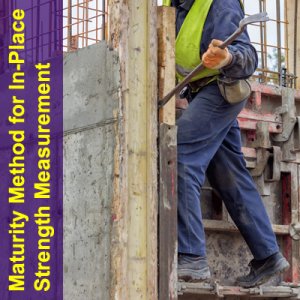
Maturity Method for In-Place Strength Measurement
In this article, we will investigate the use of maturity method for in-place strength measurement. We will review the concept behind the maturity technique, and the most common practices. Later, we will describe the benefits and limitations of this method for in-place strength prediction. In the last part
